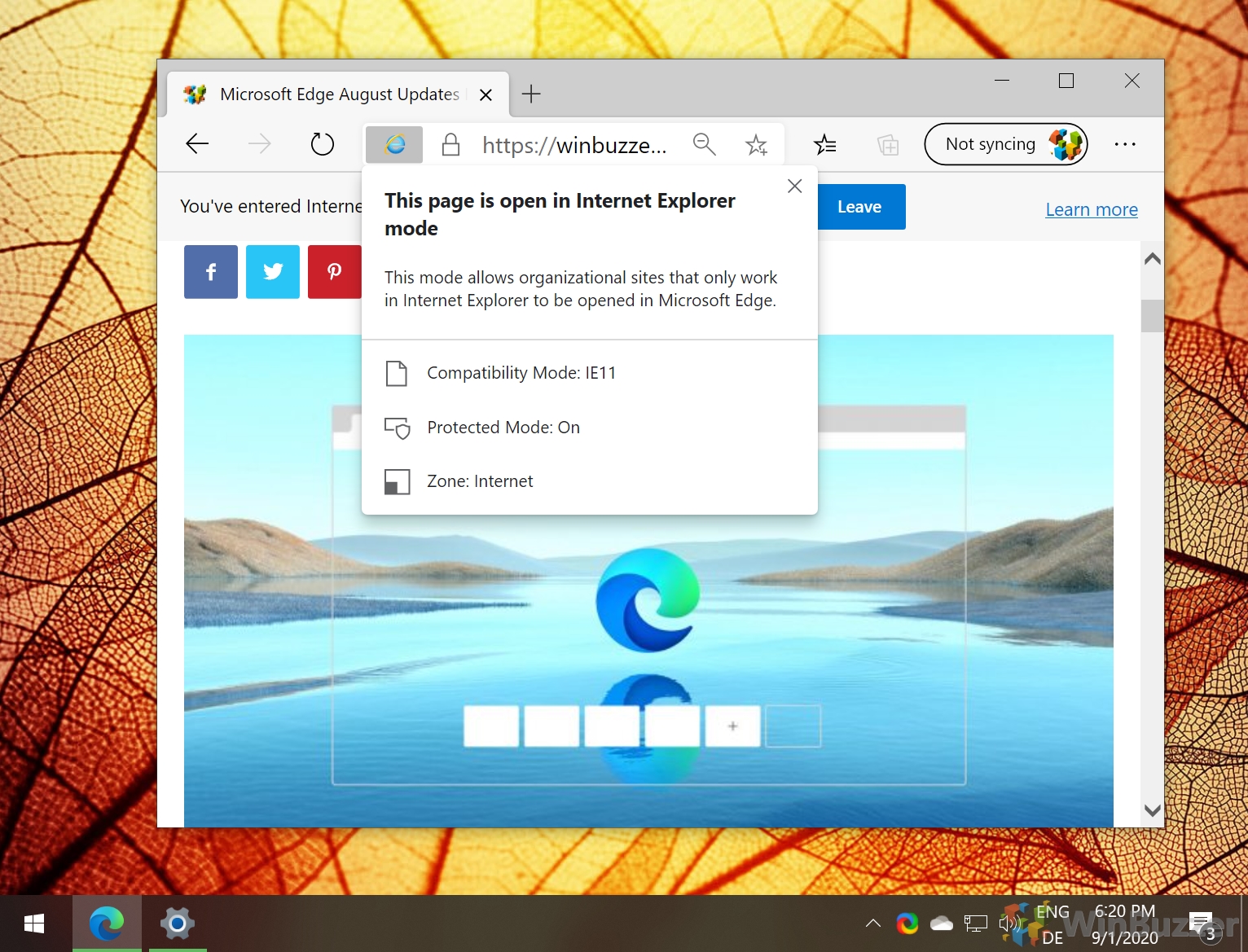
Document and enterprise modes, Active X controls, and Browser Helper Objects are maintained through the move. In fact, support for IE mode follows the lifecycle of current and future Windows client, Windows Server, and Windows IoT releases (including Windows 11) at least through 2029, so you can feel confident moving to IE mode as you develop a plan to modernize your legacy websites and applications over the coming years.īy using the MSHTML engine, much of the same site and page rendering functionality found in IE11 is brought forward to IE mode. While the IE11 desktop application (the interface you interact with to browse the web) will retire next year, the MSHTML engine will not-it will remain a part of Windows and be used to power IE mode. IE mode's legacy site compatibility works by using the actual MSHTML engine (also referred to as the “Trident” engine) from IE11 to open those legacy websites and applications.

It's a bit like a hybrid car-you use electric most of the time but can also use gas when you need it.īut this unified experience only works if you feel confident in each engine's compatibility. Microsoft Edge is your “single browser solution” that brings everything seamlessly together through its dual engine advantage. In the world before Microsoft Edge with Internet Explorer mode, those technologies were clunkily siloed in different browsers you might have used one browser for one set of tasks, and then needed to switch to the other browser for another set of tasks. The best way to understand Internet Explorer mode is to start with its origin story, if you will: it was born of the need to keep critical websites built on older technology running (we call these “legacy sites and apps”), and to run them in the context of today's modern web technology.

Side by side in Microsoft Edge are the Chromium engine to open modern websites and Internet Explorer mode (“IE mode”) to open legacy, IE-based websites. At the core of this announcement is Microsoft Edge and its dual engine advantage that brings the web together-both modern and legacy-into a single browser experience.

Whether you're new to IE mode or are already planning for it, here's a closer look at what's going on under the hood and a sneak peek at enhancements to come.Ī month ago, we announced that the future of Internet Explorer (IE) on Windows 10 is in Microsoft Edge and that the Internet Explorer 11 (“IE11”) desktop application will retire and go out of support on June 15, 2022, for certain versions of Windows 10. For more information, see the Internet Explorer 11 desktop app retirement FAQ. Update: The retired, out-of-support Internet Explorer 11 desktop application has been permanently disabled through a Microsoft Edge update on certain versions of Windows 10.


 0 kommentar(er)
0 kommentar(er)
